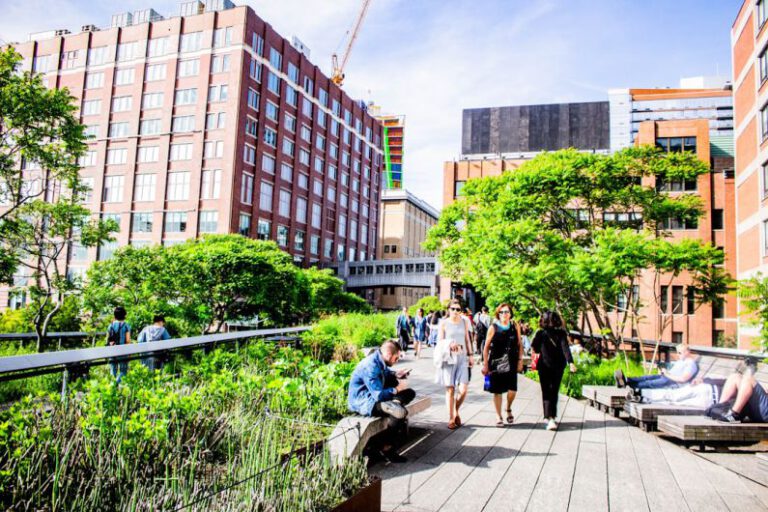What Makes the Shanghai Tower a Model of Sustainability?
The Shanghai Tower stands tall as a beacon of innovation and sustainability in the realm of architecture. This architectural marvel, located in the heart of Shanghai, China, is a testament to the possibilities of merging cutting-edge design with eco-friendly practices. With its unique features and commitment to sustainability, the Shanghai Tower serves as a model for future skyscrapers around the world. Let’s delve into what makes the Shanghai Tower a standout example of sustainable architecture.
A Vertical City in Itself
The Shanghai Tower is not just a skyscraper; it is a vertical city designed to accommodate a range of functions within its towering structure. From office spaces and hotels to retail outlets and observation decks, the tower integrates diverse functionalities to create a self-sustaining ecosystem. By consolidating various activities in one location, the need for extensive commuting is reduced, thereby minimizing carbon emissions associated with daily travel.
Green Building Materials
One of the key aspects that sets the Shanghai Tower apart is its emphasis on using sustainable building materials. The tower’s facade is made of a high-performance glass that helps regulate interior temperatures, reducing the reliance on artificial heating and cooling systems. Additionally, the construction materials used in the tower’s core structure are sourced locally, reducing the carbon footprint associated with transportation.
Wind Energy Utilization
The design of the Shanghai Tower is not just about aesthetics; it is also highly functional in harnessing natural elements for energy efficiency. The tower’s unique spiral shape is not just for visual appeal but serves a practical purpose in channeling wind to power turbines located within the building. This innovative approach to wind energy utilization helps reduce the building’s reliance on traditional energy sources, making it more sustainable in the long run.
Green Roof Systems
Green spaces are integrated throughout the Shanghai Tower, including its expansive green roof systems. These lush gardens not only provide a tranquil retreat for occupants but also serve as natural insulation, reducing heat gain in the building. The green roof systems also help mitigate stormwater runoff, promoting biodiversity and improving air quality in the surrounding environment.
Water Conservation Measures
Water scarcity is a pressing global issue, and the Shanghai Tower addresses this challenge through its water conservation measures. The tower employs advanced water recycling systems that capture and treat rainwater for reuse within the building. Additionally, the tower’s plumbing fixtures are designed to minimize water wastage, further reducing the overall water consumption of the structure.
Energy-Efficient Systems
The Shanghai Tower is equipped with state-of-the-art energy-efficient systems that optimize energy usage throughout the building. From smart lighting controls to high-efficiency HVAC systems, every aspect of the tower’s operations is designed to minimize energy consumption. The incorporation of renewable energy sources, such as solar panels, further reduces the building’s reliance on non-renewable energy, making it a more sustainable structure.
A Blueprint for Sustainable Architecture
The Shanghai Tower serves as a blueprint for sustainable architecture, showcasing how innovative design and eco-friendly practices can coexist harmoniously. By prioritizing sustainability in every aspect of its construction and operation, the tower sets a high standard for future developments in the industry. As cities around the world grapple with the challenges of urbanization and climate change, the Shanghai Tower stands as a shining example of what is possible when sustainability is placed at the forefront of architectural design.
In conclusion, the Shanghai Tower’s commitment to sustainability is not just a trend; it is a necessity in today’s world. By reimagining the traditional skyscraper model and embracing eco-friendly practices, the tower demonstrates that sustainable architecture is not only achievable but essential for the future of our planet. As other cities look to build the cities of tomorrow, they can turn to the Shanghai Tower as a model of sustainability to guide their own architectural endeavors.






